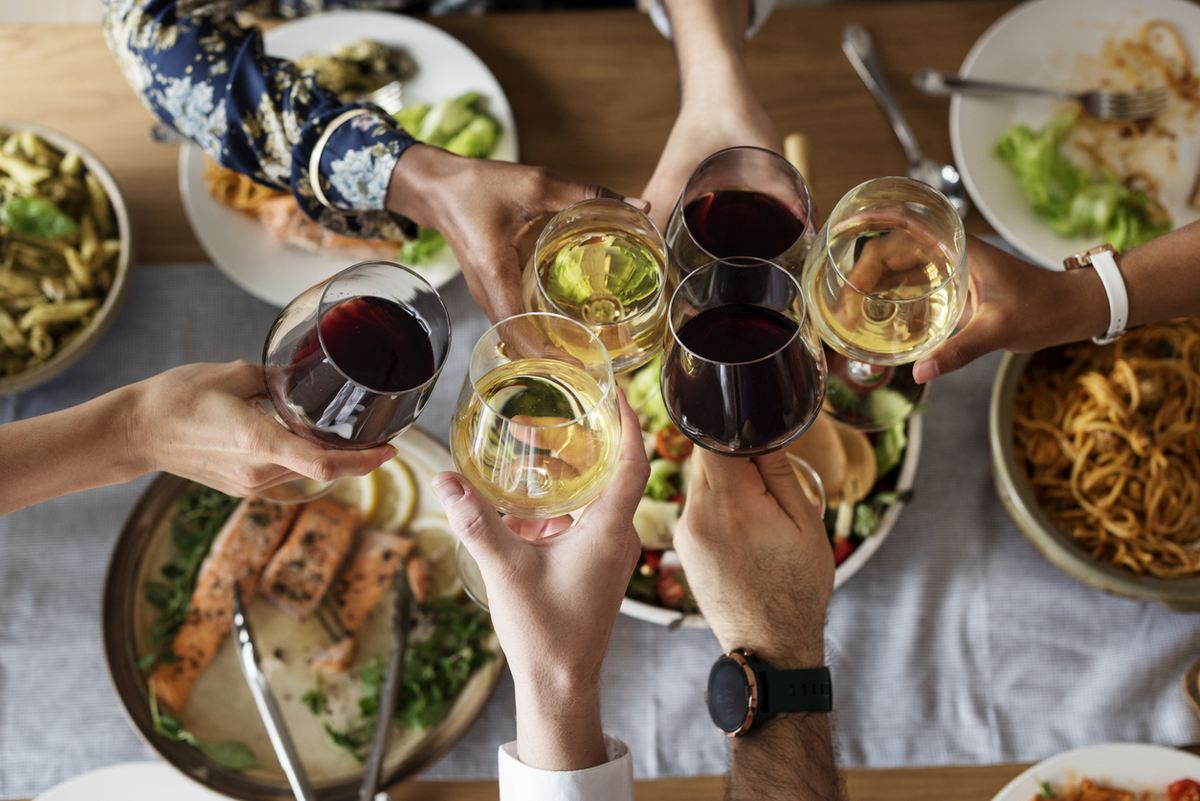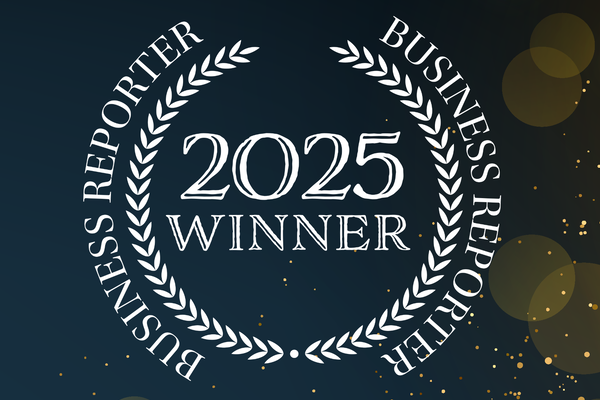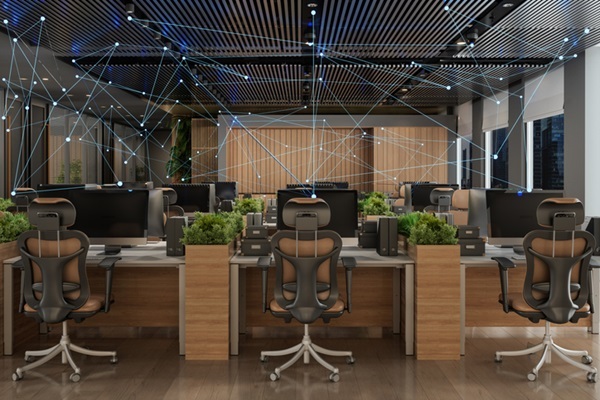Wine and roses (and strawberries): how English viticulture is bringing new ideas to UK agriculture
UK wine is developing from a cottage industry into an acclaimed international player, and it could be bringing other agricultural sectors along with it

English wine seems to be coming full circle. Vineyards were introduced to England by the Romans after their arrival in 43AD, but it was the Normans who, after the conquest, developed successful viticulture and winemaking there. However, a worsening climate in the 12th century onwards brought vine-growing to a grinding halt, and English wine, as a result, was replaced by Claret from Bordeaux.
But today, the French connection is playing a central role in the revival of English wine. Thanks to the energetic marketing activity of leading English winemakers, the darling of the domestic wine market is the English sparkling, produced using traditional methods practised in the Champagne region of France.
But ties between the two regions don’t end here. As Kent’s climate today is similar to that of Champagne 60 to 90 years ago, the former offers fantastic expansion opportunities for the latter. Climate change and the shortage of land locally means that it makes business sense for producers in the Champagne region to buy estates on the rolling hills of the Southeast of England.
One of the trailblazers was Champagne Taittinger, which acquired land near Chilham, Kent to establish a UK vineyard with its English partner, Hatch Masfield Ltd. MDCV (1605), meanwhile, a brand owned by Monaco-based businessman Mark Dixon, was already an established wine producer in Provence when it bought vineyards in East Sussex and Kent.
Although changes in the climate in the Southeast mean that the Winkler index – based on the sum of daily mean temperatures above 10°C from April 1 to October 3 – is on the increase, as Natalia Pezzone, one of the directors of Stanlake Park Wine Estate in Berkshire points out, the UK is still one of the coolest vine-growing regions in the world.
Making grapes while the sun shines
More sunshine and warmer temperatures in the south of England only mean that cool-climate winemaking is becoming more viable.
But sunshine is not the only factor to consider: warmer temperatures thanks to climate change often come at the cost of more extreme weather events. To dampen the precariousness of vine-growing in such an unpredictable climate, both bioengineering and digital technology need to be taken full advantage of.
Currently, the dominant vine varieties grown in England are Pinot Noir and Chardonnay, the two main varieties in champagne alongside Meunier. However, wine growers can’t just sit back and relax until their grapes have ripened. It takes a lot of research and experimentation to create an optimal environment for the fruit to grow and the wine to ferment in order to deserve the prestigious awards that English sparkling and still wine have received in the past couple of years.
This is where collaboration between scientists, leading winemakers and technologists comes into play, as well as a platform bringing all of the stakeholders together to create a testbed.
The National Institute of Agricultural Botany (NIAB)
The National Institute of Agricultural Botany (NIAB) was founded in Cambridge in 1919, and opened the world’s first research and development vineyard in 2015 in East Malling, Kent, with the aim of improving berry yield and fruit quality.
The experts cherry-picked to work for the Institute all bring some knowledge to the table that has relevance to the project. Dr Mark Else, Head of Crop Science and Production Systems, is a researcher focusing on manipulating crop and environmental interactions with a specialty in crop productivity in changeable environments.
To span the gap between science and business and address the difficulties of knowledge transfer, NIAB has created a Senior Knowledge Exchange Manager role currently filled by Scott Raffle, who has been working in the UK fruit industry since 1990.
Professor Mario Caccamo, Head of Crop Bioinformatics at NIAB’s foundation, and a computer scientist by training, is now the CEO of the Institute with a strong track record in research on how the latest DNA technologies and bioinformatics – an interdisciplinary field of science using software for understanding biological data – can be applied to explore the interaction between crops and the environment.
Another expert who has joined NIAB’s management team more recently is oenologist Dr Belinda Kemp, who is going to apply her international experience in cool climate winemaking to the research project.
NIAB’s experts work in close collaboration with a consortium of leading British wine producers, such as Chapel Down, Gusbourne, MDVC and Nyetimber.
But other British businesses representing various aspects of viticulture and wine making are also associated with NIAB, including irrigation specialist Netafim UK Ltd, agronomy firm and disease management expert Hutchinsons and canopy support and training systems specialist Hampton Steel Ltd.
The Green Tech Hub for Advanced Horticulture that NIAB opened in May 2022 is a partnership programme in innovative ideas for the food and drink industry which is expected to work in the long run as a magnet attracting players from other industries too to join the viticulture ecosystem.
Identifying the optimal harvest date, for example, is critical not only in vine growing but for strawberry producing too – another branch of UK horticulture with a steep growth curve demonstrating a 600 per cent increase in the last twenty-five years.
The Globe is the limit
Strawberries – whether they’re grown in fields or using hydroponics – use different cultivation environments to vineyards. However, both produces are berries, which means some of the practices and technology already deployed in the mature strawberry growing industry can be transferred to the emerging wine industry as well.
To increase productivity and fruit quality, new varieties and innovative systems have had to be introduced into strawberry production too. And the solutions developed there, such as the robots of the Lincoln Institute of Agri-food Technology (LIAT) can be customised to new use-cases in vineyards.
The robots that LIAT has developed in partnership with London-based online training-data platform V7, designed to monitor weather conditions and berry appearance to predict the perfect harvest date, could enable viticulturists to hone harvest timing in order to get the ideal balance of sugar levels and acidity.
IoT networks that can establish the Goldilocks moment for irrigation and fertigation – the application of fertiliser solutions – or for the filtering and fermentation process can not only enhance efficiency but also increase the industry’s environmental credentials.
English sparkling wine’s breathtaking success shows that the industry has huge potential. But this growing industry will also likely drive innovation in crop genetics, agrotech and bioinformatics – sectors that grow alongside the English wine industry as it explores new technological solutions.
Currently it’s mostly the British who appreciate their domestic wines, while export is only at around 7 per cent. But if all the business sectors – whether digital or traditional – involved in raising the profile of English vineyards and wineries stand shoulder to shoulder, British wine – not just sparkling but fruity whites and light reds too – will with any luck earn kudos abroad too, rather than just bewilderment.

Zita Goldman
Most Viewed
Winston House, 3rd Floor, Units 306-309, 2-4 Dollis Park, London, N3 1HF
23-29 Hendon Lane, London, N3 1RT
020 8349 4363
© 2025, Lyonsdown Limited. Business Reporter® is a registered trademark of Lyonsdown Ltd. VAT registration number: 830519543





